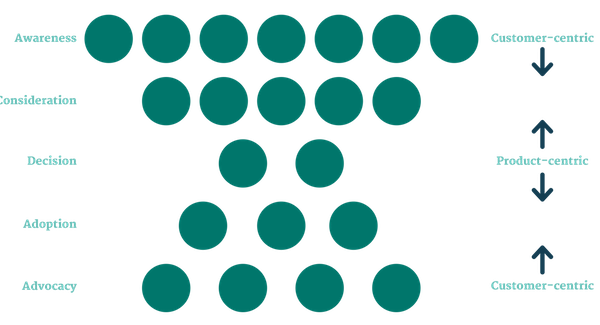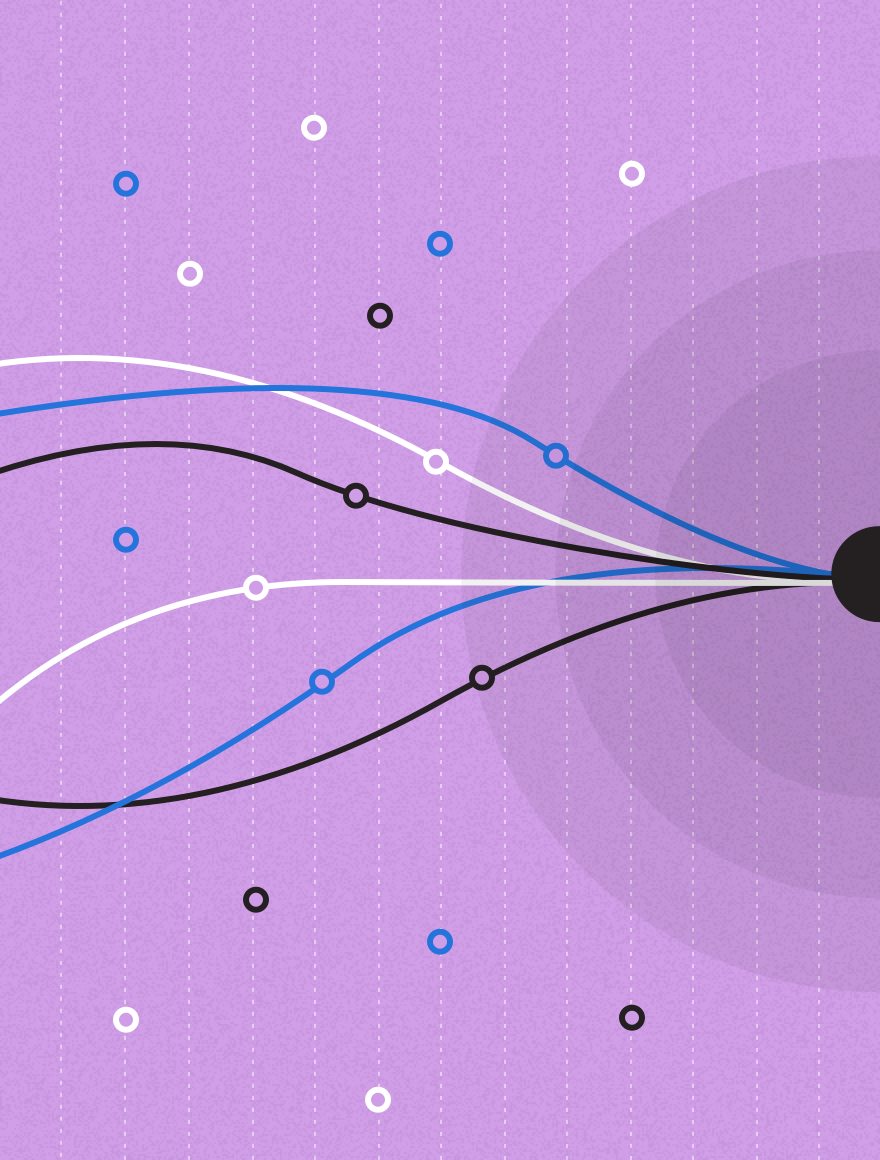“The right content for the right customer at the right time”—also known as rightis a refrain that rings in the ears of B2B marketers. It’s articulated so often across the B2B landscape, and for good reason.
Right describes the imperative goal in the Age of the Customer—when the buyer is in control, marketers have to precisely meet their expectations at every moment in their journey, or risk losing them to the competition.

Attempting Right³
Many technologies have tried to deliver this right³ vision through three core means:
- Personalization technology serves up a different Web page to a customer based on a reverse IP lookup (i.e., which corporate network they are browsing the Web from)
- Marketing automation sends a certain email to a buyer based on their profile data and what actions they have taken to date
- Sales asset management technology sends recommended content assets to a salesperson for a specific customer, based on that customer’s CRM data
All these technologies are great and useful, but they’re all still relegated to silos.
Technology Still Falls Short
The three examples above—web, email, and sales channels—are all operated by different teams using different tools.
What each technology thinks is “the right content” is different from tool to tool and channel to channel. And it’s quite likely that these different technologies are presenting a disjointed customer experience, like the one described in the Securita fable, that’s plagued by poor handoffs between teams, tools, and sales stages, resulting in poor conversions and lower revenue growth.
In short, a tidal wave of technology has crashed over B2B marketing in the past decade.
Technology has left the customer in charge and marketers swimming in a sea of different channels—each critical to operate in to serve the customer. And in the Age of the Customer, marketing must step up and deliver the right content for the right customer at the right time.
Solving the Silo: The Customer Experience Map
As B2B marketers begin to get a handle on their new tools and channels, they must stop addressing the right³ challenge in a siloed way; instead, they must knit together the content types that are delivered at every stage of the life cycle.
The best way to do this is through a customer experience map.

With a customer experience map, marketers can actually visualize their customer experience and the content they plan to show the customer at every stage. Only then can they truly deliver “the right content for the right customer at the right time,” by understanding and managing what content is delivered at every stage of the customer experience.
Understanding and managing this macro, cross-channel, complete-life-cycle customer experience is the next great challenge for marketers. Tomorrow’s winning marketers will be those who address this macro challenge today.
